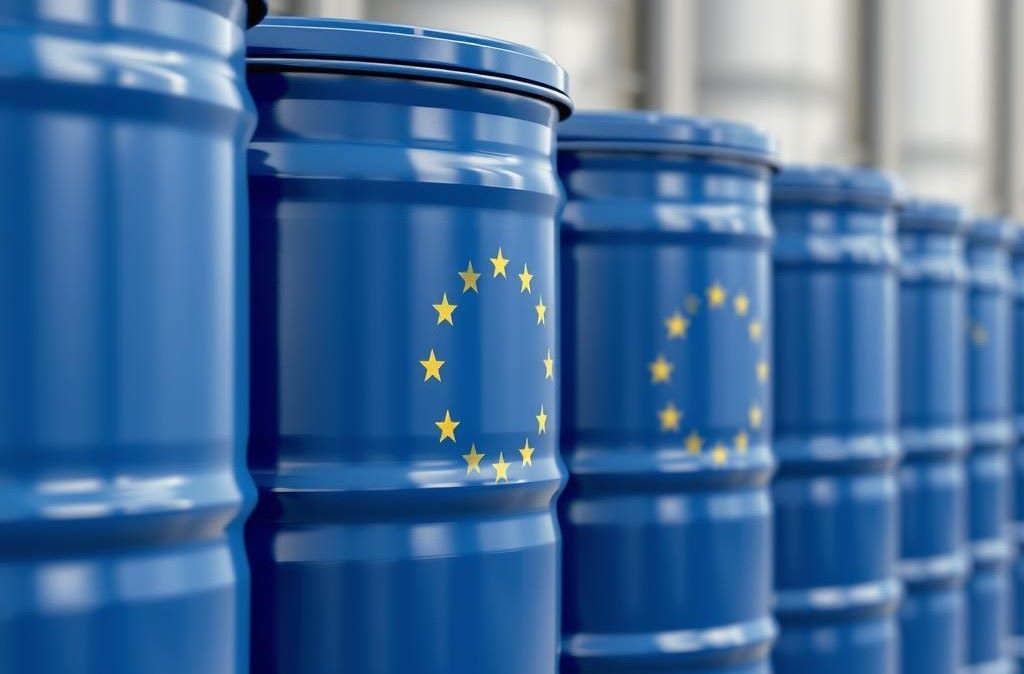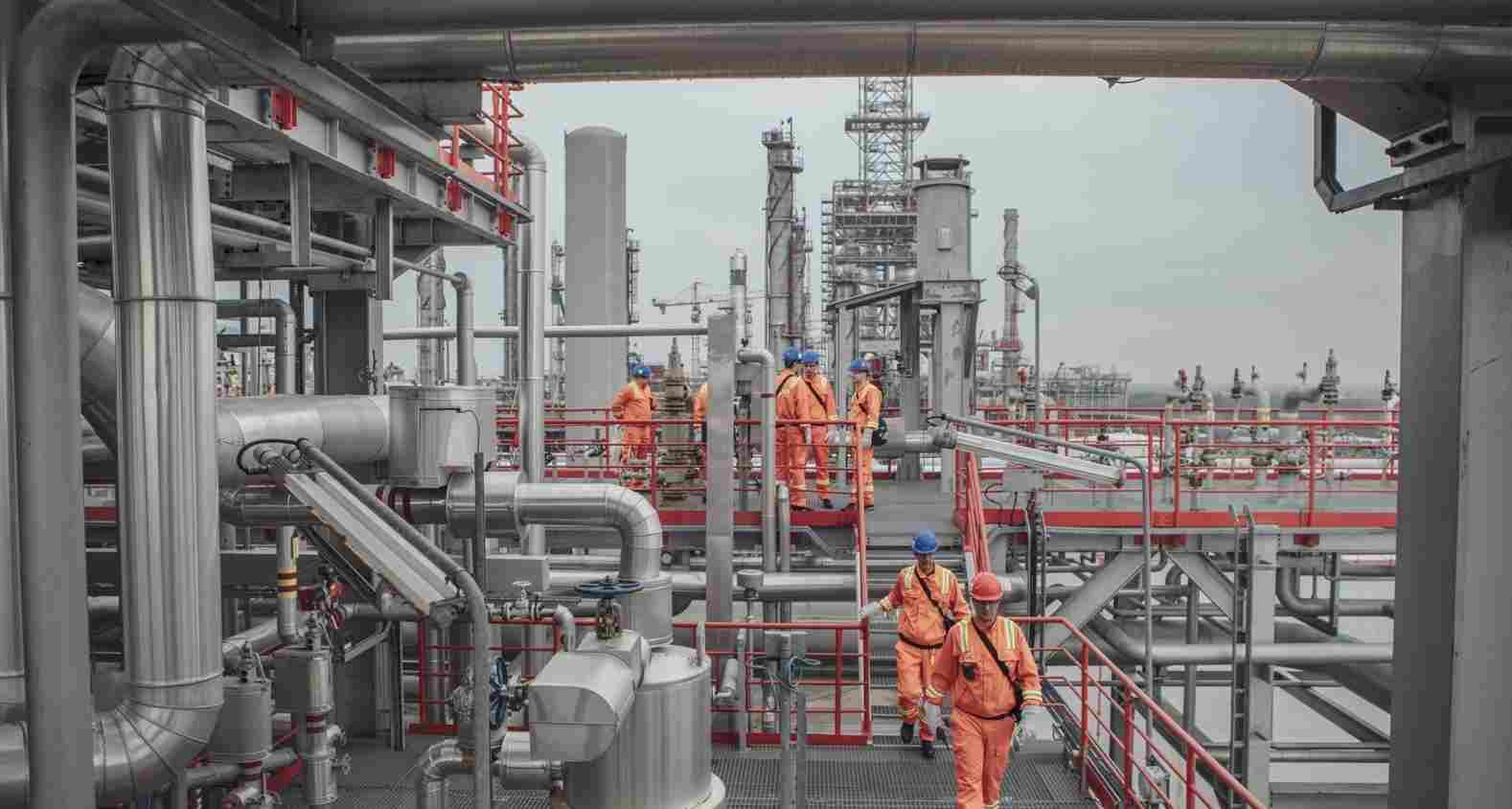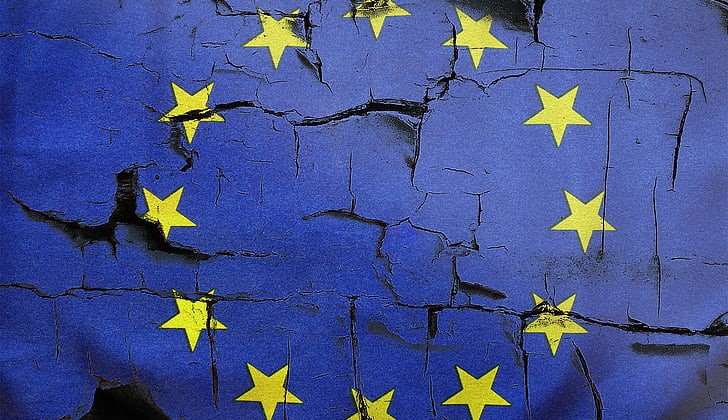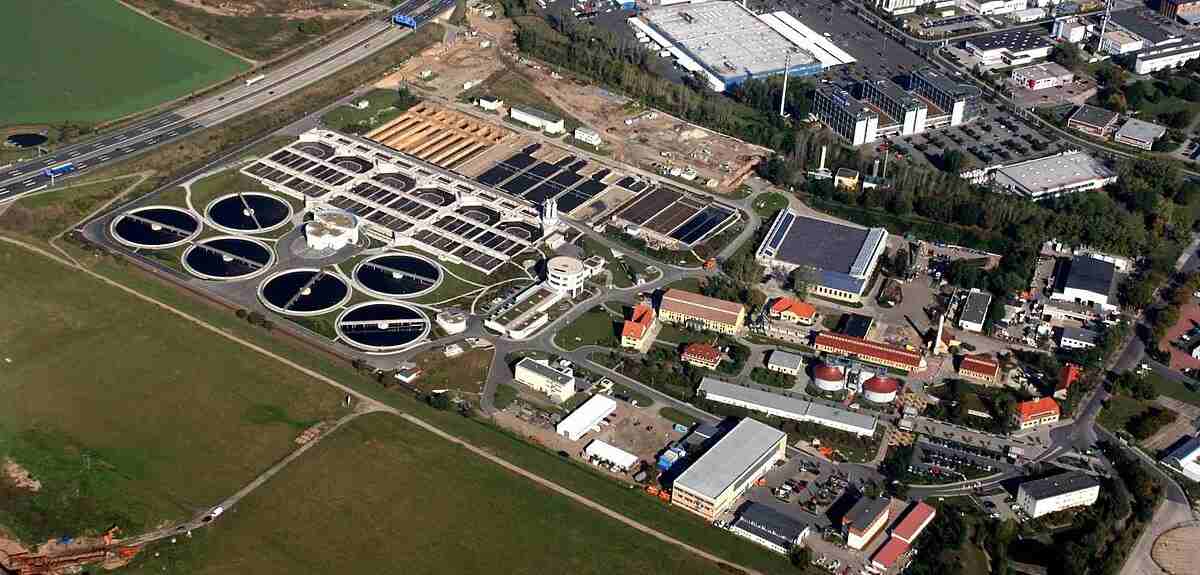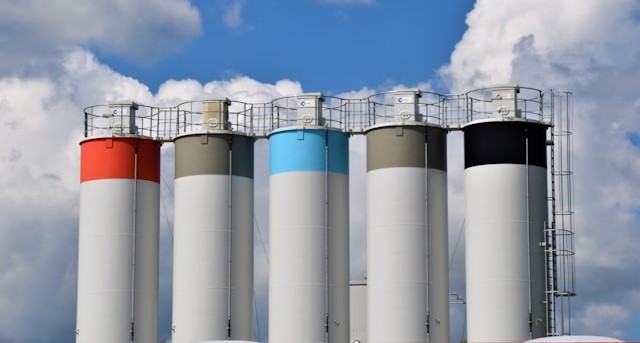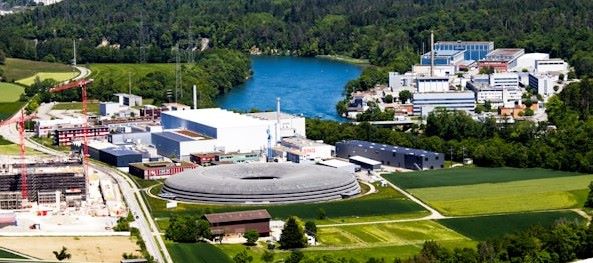The European Commission has just unveiled an ambitious Action Plan to support the chemical industry. Set against the backdrop of chemical facility closures, soaring energy costs, and rising global competition, the strategy is aimed at securing Europe’s industrial base, protecting jobs, and reinforcing supply chain resilience.
By doing so, Brussels is making it clear that a strong chemical industry is essential for both economic health and strategic independence, while also outlining the sector’s key role in Europe’s green and digital transition.
But what is the plan, and what does it mean for SMEs, chemical traders, and chemical industry professionals? Is it enough to reverse the trend of plant closures? Or is it more bureaucratic paperwork and an ideal vision of how Europe’s chemical industry should be, but without the money or competitive advantage to make it happen?
The European chemical sector—home to over 29,000 companies and employing as many as 1.2 million people directly—is facing a crisis of competitiveness.
In just two years, more than 20 chemical plants have closed, with production of basic chemicals such as ammonia, methanol, and nitric acid falling sharply. The result is an existential threat to Europe’s strategic autonomy in key value chains, from semiconductors and batteries to pharmaceuticals and agriculture.
Without urgent action, the continent risks deindustrialisation in a sector that underpins over 96% of downstream industries. It would also leave it economically dependent on other nations, much as it was exposed to Russia’s gas supply threat following the invasion of Ukraine. It would also leave it militarily weaker, as the chemical industry plays a key role in arms manufacturing.
In response, the EU Commission has now laid out a multi-pronged approach which aims to economically stabilise the European chemical sector, while also modernising it and achieving sustainability. This is a massive task, but one it believes can be realised by action in five key areas.
1. Critical Chemical Alliance & Trade Defence
The EU will launch a Critical Chemical Alliance—a coalition of industry, member states, and experts—to identify strategic facilities at risk of closure and recommend support mechanisms. This mirrors successful models already in place for key raw materials as well as strategically vital products, such as semiconductors.
Alongside this, the Commission is promising stronger trade defence tools to prevent unfair competition and bolster domestic producers against subsidised imports.
“This is a matter of sovereignty,” said Internal Market Commissioner Thierry Breton. “We must act now to preserve our industrial base.”
2. Energy Cost Relief & Green Transition Support
High energy prices have pushed many chemical production operations offshore, such that today 80% of Europe’s methanol is now imported. To address this, the EU has laid out its Affordable Energy Plan which aims to help both industrial and domestic consumers gain access to low-cost, green energy.
The plan (which is part of the Clean Industrial Deal) is consisted of four key pillars:
- Lowering bills.
- Completing the Energy Union.
- Attracting investment.
- Preparing for crises.
This it hopes to achieve through measures such as reducing network charges and taxes, promoting long-term power purchase agreements and permitting for renewables, strengthening gas market oversight, and launching energy-efficiency financing schemes. It also supports grid integration, flexibility, demand-response, and supply security to cushion against price shocks.
These initiatives are projected to save €45 billion in 2025, rising to €130 billion by 2030 and €260 billion by 2040. It is also hoped that the moves will create openings for cleaner technology providers and carbon capture innovators to support the shift toward net-zero chemicals.
3. Demand-Driven Growth via Public Procurement & Innovation
To create markets which are more supportive of the wider European economy and its chemical industry, Brussels will use public procurement policies that reward high-EU-content products—helping drive demand for homegrown chemicals.
Additional tools include:
- Horizon Europe funding for process innovation.
- Tax incentives for low-carbon investments.
- Regional ‘Clean Transition Hubs’ to facilitate R&D and workforce upskilling.
This presents a compelling opportunity for SMEs in bio-based, circular, and specialty chemicals, providing these growing sectors with the resources and government support to scale up further and faster.
4. Pragmatic PFAS Regulation
The Commission is sticking with its plan to restrict PFAS (per- and polyfluoroalkyl substances), but with greater strategic nuance. For this reason, critical uses in semiconductors, medical, and defence applications will be exempt from bans, with efforts to invest in safer alternatives and clean-up technologies offered instead.
While this does leave some uncertainty for producers and suppliers of fluoropolymers, coatings, and speciality solvents, it is believed that ongoing R&D will be able to fill the gap created as versatile PFAS products are removed from the market.
5. Simplified Regulation (6th Omnibus Package)
To reduce bureaucratic burden, the Commission is introducing a Sixth Omnibus Regulation, which simplifies overlapping chemical, cosmetic, and fertiliser rules. This streamlining should help smaller players bring products to market faster—particularly in formulated chemicals and downstream applications.
If this goes according to plan, then the reforms could save the industry as much as €360 million annually while also modernizing energy-intensive ‘steam crackers’ through green technologies (such as hydrogen, clean carbon, and chemical recycling) avoiding the need to compromise decarbonisation goals.
Commission Vice-President Stéphane Séjourné underscored the package’s urgency, noting that, “We’re talking about a sector that has seen its global market share nearly halved in the last 20 years.”
In reaction, chemical industry leaders have largely welcomed the plan. The European Chemical Industry Council (Cefic), for example, has called it a ‘game-changer,’ citing its potential to reverse the tide of site closures, assist chemical manufacturers with cheaper energy, and to help reindustrialise Europe.
However, some NGOs and consumer groups have sounded notes of caution, especially around PFAS exemptions and deregulation, believing the so-called ‘forever chemicals’ to be an unwanted toxin that should be removed from all products—without exception.
As ever, the key will be balanced implementation.
Given the size of the project and the speed at which many EU initiatives operate, then action will come at a slow and steady pace. As such, results will not come quickly—if at all. However, the first response could be measured by watching the following events over the coming months:
- Critical Chemical Alliance formed by end of 2025.
- PFAS opinions from ECHA due in late 2025, informing final restrictions.
- REACH reform and ECHA budget proposals in Q4 2025.
- First pilot projects and procurement rules roll out from early 2026.
The European Commission’s Action Plan marks a pivotal moment for the continent’s chemical industry—an attempt to shift from crisis management to strategic renewal. By addressing the chemical sector’s pain points across energy, regulation, innovation, and trade, Brussels has sent a clear message: the chemical industry is no longer a background enabler but a core pillar of Europe’s industrial and geopolitical future.
Related articles: Q2 Report 2025: The Top 10 Most Traded Chemicals on Spotchemi or What Europe Can Learn from the U.S. Chemical Safety Debate
While streamlined regulation and targeted funding may ease market entry and boost competitiveness, much depends on the timely and coordinated rollout of these initiatives. This means that the coming 12–24 months will be crucial in determining whether this ambitious plan becomes a turning point or just another policy package with noble intentions.
Europe’s chemical sector cannot afford another decade of decline. If executed well, this plan could be the catalyst for its revival—if not, the continent may find itself permanently outpaced by global competitors.
Photo credit: Wikimedia, Pickpic, Wikimedia, Waldermar on Unsplash, Joanna Temczuk, Julien, & Gencraft

